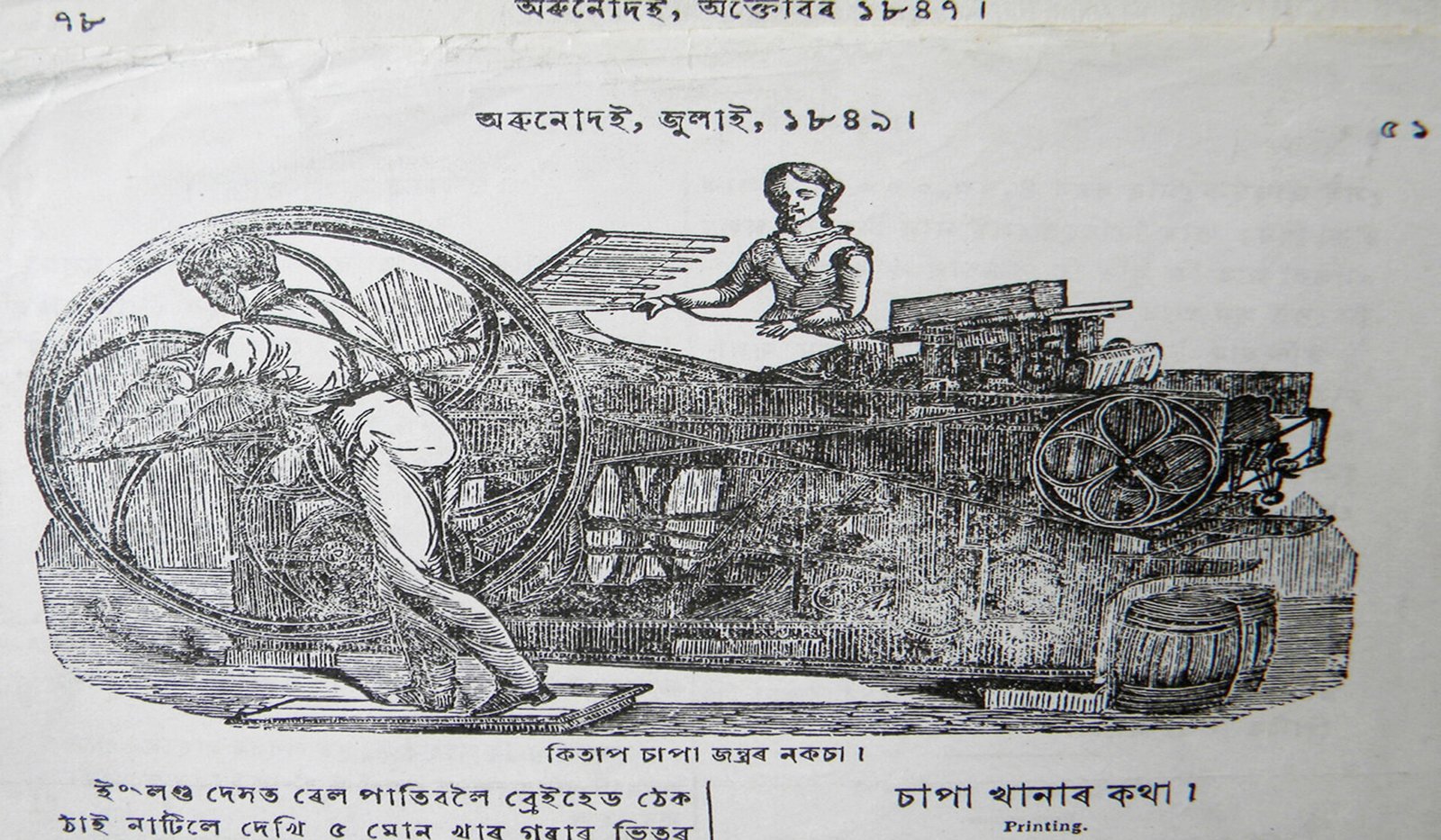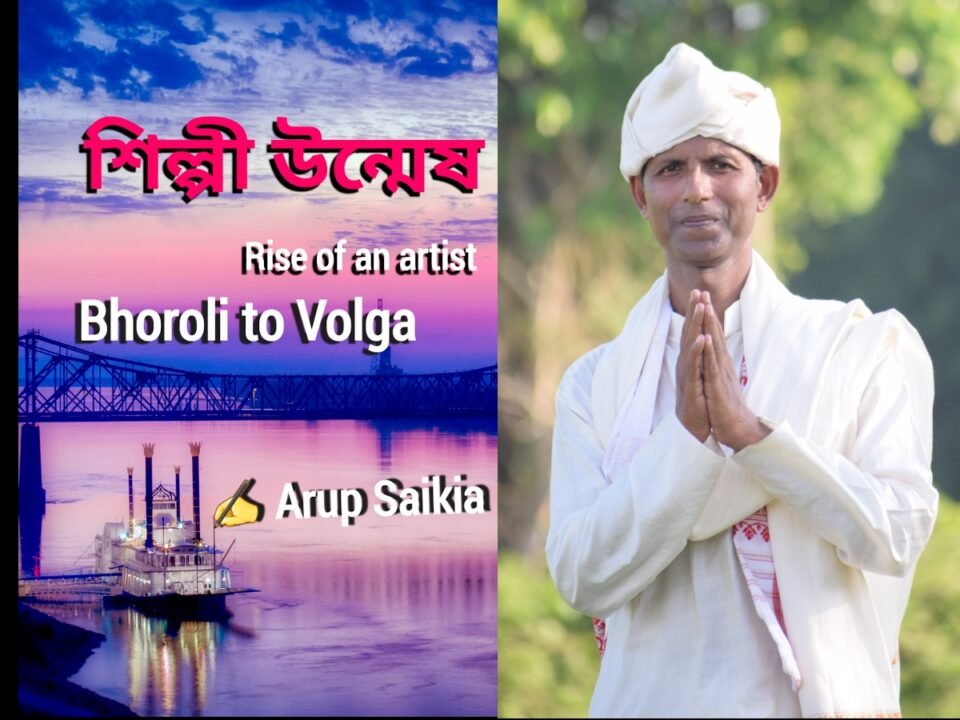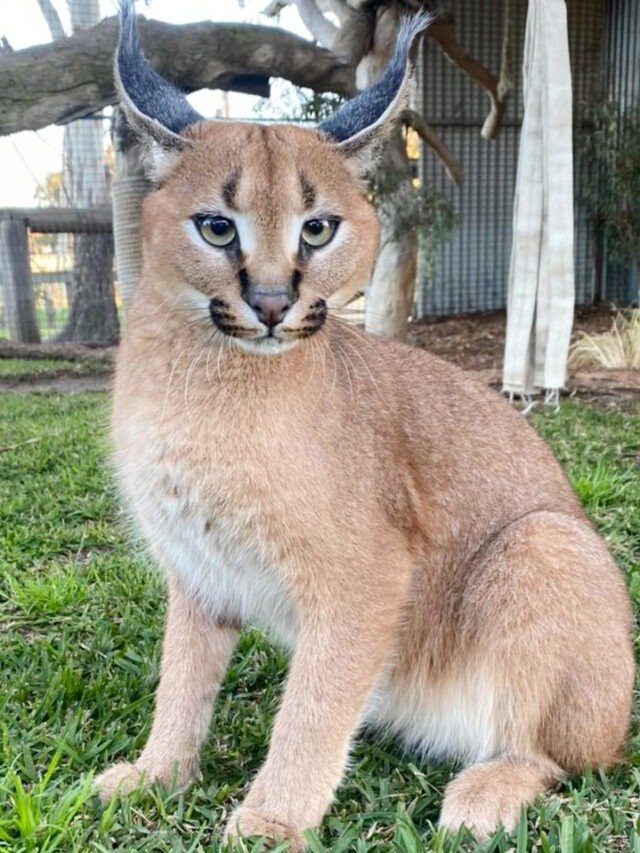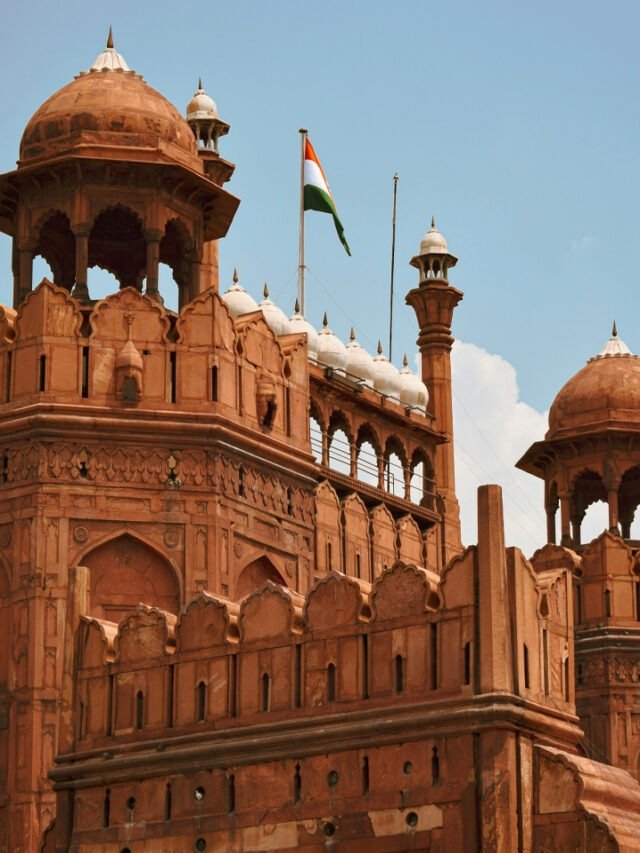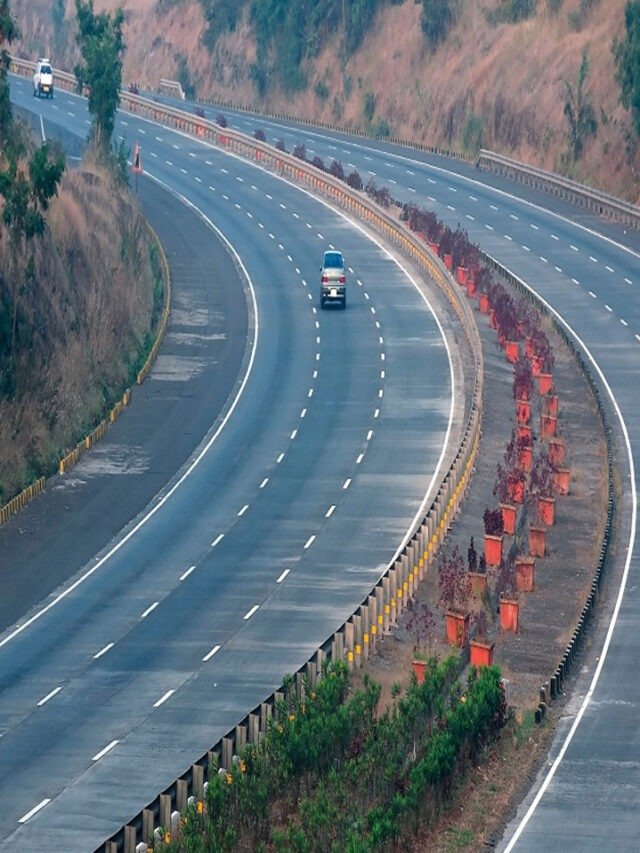By Arup Saikia
Assam island of multi-ethnic, multi-racial, multi-lingual people, inhabiting here from times immemorial and sustaining different identities. All communities residing in perfect harmony with one another and their surroundings is what has taken Assamese culture to a piece of multicolour symmetrical mosaic. Sankardeva emerged as a heavenly soul in medieval India for social reformation for which he took various means, including the Ankiya Naat.
Vaishnavite preacher and epoch-making artist Sankardeva is the father of Assamese drama. Although it was written for social reformation, it contributed highly to Assamese literature as a golden dome. Audio-visual means has been the best medium, he thought to cultivate devotion among every individual, and hence Ankiya Bhaona or drama was born. At the age of nineteen Sankardeva staged Chihnayatra (drama of symbol or drawing) in Tembuwani near Borduwa. This not only heralded a new chapter of future Assamese drama but also became a front-runner in the history of India and world theatre for its precious treasure and uniqueness.
The word ‘Ankiya’ precisely can’t be described. Ankiya word is itself a pronoun. In Sanskrit drama Anka denotes symbol. But it’s not known why later gradually it became the synonym for drama or naat. Even two great saints Sankardeva and Madhavdeva haven’t used the term ‘Anka’ in their drama. Moreover, the term ‘Bhaona’, Assamese traditional drama, hadn’t been used during the lifetime of Sankardeva and Madhavdeva. Ankiya Naat was the first drama of Assam, then where Sankardeva got the ingredients or ideas to write. The theme of Ankiya was mostly from Bhagawat Puran. But for a dramatic presentation, he utilized his artistic skill by imitating traditional Assamese, Indian folk shows, and Sanskrit dramas.
Sankardeva was much influenced by traditional Assamese folk culture prevalent in Assam since the first century. These partial theatres like folk culture were part of the pan-Indian pre theatrical movement. Popularly available musical plays before Sankardeva in Assam:
- KUSHAN GAAN: A Ramayana-based folk drama originated in the erstwhile Koch kingdom traversing North Bengal, west Assam, and the undivided Rangpur district of Bangladesh.
- BHARI GAN: This is also one kind of musical drama narrating episodes from Ramayana and Mahabharata with some dramatic presentation, practiced by pati-rabha of Rabha community in Kamrup and Goalpara district.
- PALAGAN: Pala Gan is a living performing art form of Assam found in West Bengal and Orissa also.
- OJAPALI: It’s one of the oldest art forms of Assam found in Kamata and Darrangi kingdom which king Dharmanayarana once patronized. The show was led by one person called Oza and joined by another few called pali. Remarkably continuous playing of the cymbal by pali became the quintessential orchestra in Ankiya Naat Ozapali traces its lineage in kathakata tradition of West Bengal have many similarities with Ankiya Naat.
- PUPPET DANCE: Known as putala nach in Assam have a presence in the whole Indian subcontinent. Puppet dance may not contribute much to the growth of Indian or Assamese drama, but the string holder of puppet dance is said added imagination to Sanskrit playwright and Sankardeva to invent the character of Sutradhara. The literal meaning of Sutradhara is string holder also.
- DHULIYA/KHULIYA BHAONA: These are kind of folk entertainment popular in Darrang and Kamrup district. The theme is taken from epic. In a sombre mood a group sing story of epic in narrative style and characters wearing wooden mask dance with an acrobatic manoeuvre to the beat of drums and cymbals, -devoid of any dialogue.
All the above-mentioned shows existed before Ankiya Naat maintained sequence during the performance like Ankiya, i.e.-orchestra, prastavana (preamble), prorochona (persuasion), mangalcharan (praise of deity), pala (main story), acting, dancing, song, comedy, etc. Starting from Purbaranga to Muktimangalam all above mentioned dramatic phases Sankardeva tried to maintain. This is for the influence of local folk-type theatre. Dhemali or Purbaranga performed in Ankiya has many similarities with that of dhuliya performance of Darrang including legs and body movements of Gayan & Bayan. On the other hand, in Sanskrit drama also little different kind of Purbaranga is available like – Pratyahara (withdrawal, bringing of musical instruments), Avatarana (placing of singers), Arambha (beginning of the rehearsal), Asravana (tuning of instruments), recitation of benediction by Sutradhara. The presentation of Sutradhara formed on the structure of Sanskrit drama or folk drama it’s not confirmed. But it’s worthwhile to mention that Sutradhara doesn’t remain on stage from beginning to end in Sanskrit drama unlike in Ankiya where Sutradhara appears during the whole episode. Therefore, Sutradhara of Ankiya is similar to that of ozapali or puppet dance.
Influence of Sanskrit drama: Before Sankardeva no written drama was available in Assam. So it’s natural for all playwrights of India other than Sanskrit for getting influenced by existing Sanskrit drama. Ankiya Naat which begins with Nandi sloka (verse) is an original product of Sanskrit drama. Sankardeva uses two nandi slokas in his drama. Moreover, for prastavana (preamble) prorochona (persuasion), and Muktimangalam bhatima (panegyric) Ankiya Naat is indebted to Sanskrit drama.
Influence of Contemporary Indian drama: Notwithstanding more indigenous influence is evident in Ankiya, the influence of contemporary Indian drama can’t be overlooked. More and less Yakshagana of Karnataka, Kathakali of Kerala, Bhagwat Mela of Tanjore, Bhavai of Gujarat, and Ramleela of north India are prominently conspicuous. Because during his two pilgrimages, Sankardeva closely came in touch with Indian scholars.
A glimpse of Ankiya Naat: Only six written dramas are found of Sankardeva excluding Chihnayatra for its unwritten form. These are – Patni Prasad, Kaliya Daman, Keligopal, Rukmini Horon, Parijat Horon and Ram Vijay. It’s disputed whether Patni Prasad or Kaliya Daman is the first drama written during his stay in upper Assam and the rest are in Kamrup and Coch Bihar. Some scholars hypothesized Parijat Horon to be his second drama. Finally, Ram Vijay is his last drama.
Analysis of Ankiya drama:
- PATNI PRASAD (offering of wife): Maybe being the first drama, Patni Prasad has one Nandi verse only, without a second verse (opis) even Muktimangalam Bhatima (panegyric to the lord) is also not available.
- KALIYA DAMAN (Submission of serpent Kali): This is another important drama story taken from Bhagawat, Haribansha, and Bishnupuran. No imaginary character has been created. The main theme of Bhagawat was kept intact maintaining his fundamental genre.
- KELIGOPAL (playful lord): It’s Raasleela, one of his prominent dance dramas. The scene of monster Sankhasur is additionally added for dramatic perfection. Full of dance and song, no other drama of Sankardeva has focused so much on Srinagar Raas (erotic flavour).
- PARIJAT HORON (abduction of parijat flower): Most importantly the greatest and unique creation of Sankardeva is Parijat Horon. Upon return of his second pilgrimage, Sankardeva wrote this one. Regarding dialogue and characterization, dramatist Sankardeva had overcome all limitations for greater acceptability of all characters during dramaturgy. There are three main male and female characters – lord Krishna, Narad, Indra and Satyabhama, Rukmini, and Sachi respectively. The main story of Parijat Horon has been altered for adjusting the dramatic sequence. In terms of literary value, the beauty of composition and terrestrial taste contributed to growing extra flavour for the audience and readers. Not only of Sankardeva but also it’s one of the valuable treasures of Assamese literature.
- RUKMINI HORON (Abduction of princess Rukmini): It’s the longest drama. Although the theme is taken from Bhagawat Puran, Sankardeva molded drama in his way. Well-crafted reflection of characters is a matter of attraction. Lord Krishna plays the central character as the pious yearning suitor of princess Rukmini. On the other hand, Rukmini is shown as a lady of patience with the presence of mind and a devoted fiancée. The imaginary character of Madanmanjuri and Lilawati as friends of Rukmini earn applause from the audience. Notwithstanding Bedanidhi was a simple messenger, he shows selfless fatherly affection to the would-be couple.
- RAM VIJAY (Victory of Lord Rama): The last drama of Sankardeva is Ram Vijay or Sita Swayamvar (marriage of Sita). Unlike other dramas, this story is taken from Ramayan and ascribes the ideal of Bhagawat to Lord Rama.
Finally, all Ankiya dramas are song-based. If removed dramatic part, only the song can carry forward the story of drama with an expression of all upheavals and emotions. Ankiya Naat or dramas of Sankardeva showers flow of devotion, light, knowledge, and entertainment on the people of Assam for eternity. Ankiya Naat taught Assamese to elevate life morally to worship the beauty of the Almighty.
(The author is an alumnus of Delhi University and a noted cultural activist, actor, scriptwriter, and poet. He can be reached at arupsaikia07@gmail.com)





